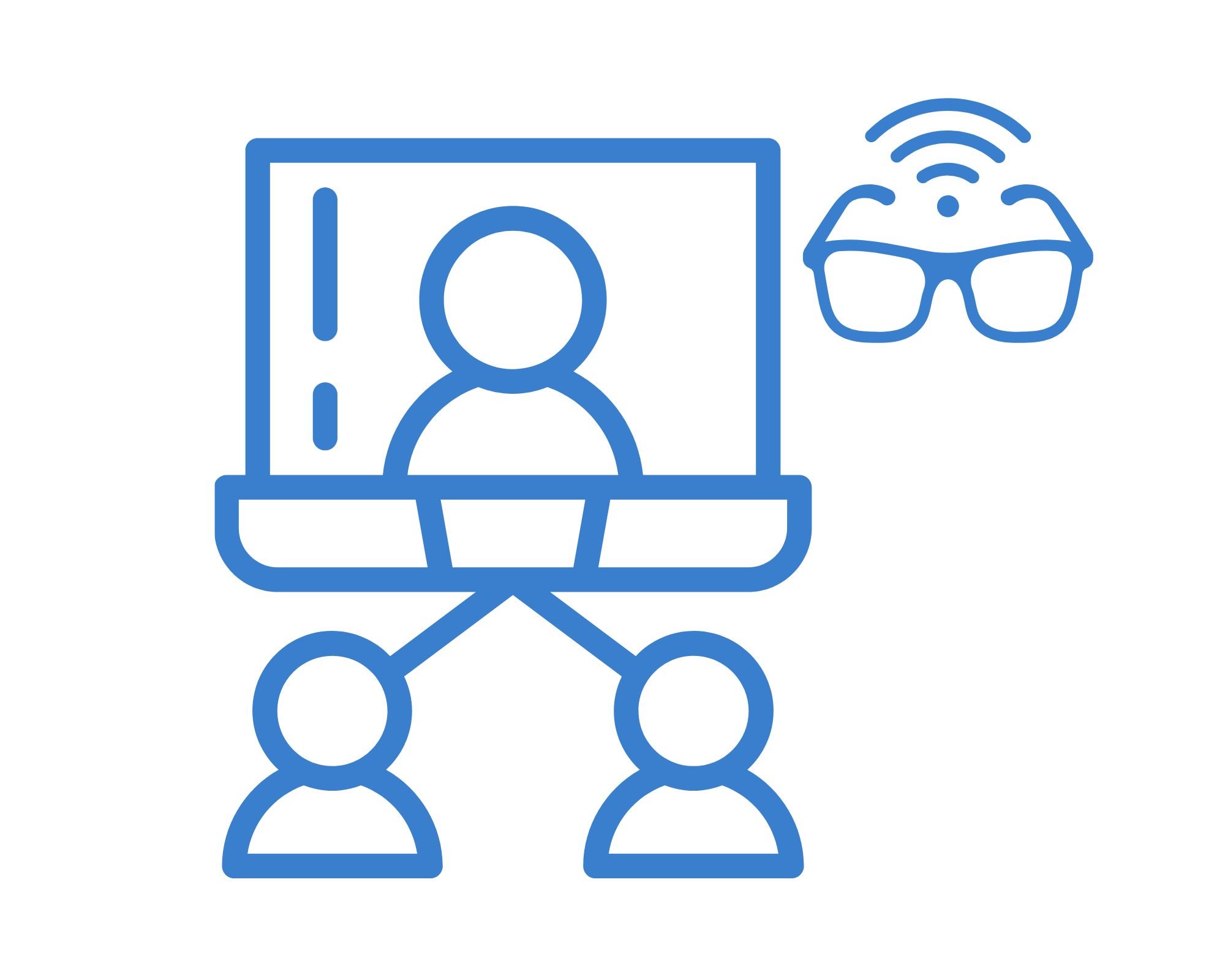Manufacturing
Quality Assurance with Smart Glasses
Real World uses :
At-a-glance use cases:
- Assembly line guidance
- Hands-free step-by-step instructions.
- Real-time QA checks
- Remote expert support during machine maintenance.
Benefits:
- Fewer errors
- Reduced downtime
- Faster onboarding
Real-Time Inspection Guidance
Use case: Operators use smart glasses to overlay step-by-step visual inspection protocols while examining parts or products.
Reduces errors by ensuring consistent inspection steps
Speeds up training and ramp-up for new QA staff.
Improves inspection quality through standardisation.
Visual Defect Recognition via AI
Use case: Smart Glasses use camera input and AI to identify surface defects like scratches, dents, or misalignments.
Automates defect detection to reduce human oversight.
Enhances precision for difficult-to-spot flaws.
Generates real-time defect reports with images.
Remote QA Auditing and Support
Use case: QA personnel stream their inspection process live to a remote expert or auditor.
Enables remote verification and expert input instantly.
Reduces downtime from waiting for in-person audits.
Lowers travel and logistical costs.
Digital Checklists and Data Logging
Use case: Operators access and tick off digital QA checklists via voice commands during inspections.
Eliminates paperwork and manual data entry.
Improves traceability with time-stamped entries.
Reduces missed steps in QA processes.
Barcode and QR Code Scanning for Part Verification
Use case: Workers scan parts or product codes through the glasses to verify batch, version, or tolerance specifications.
Ensures correct part and batch verification in real time.
Prevents mixing of incorrect components.
Links automatically to digital QA records.
In-Process Compliance Alerts
Use case: Smart glasses notify the user immediately if a measurement, step, or procedure is out of spec.
Prevents non-compliant parts from proceeding.
Reduces rework and scrap.
Enforces real-time corrective actions.
Overlay of Tolerances and 3D Models
Use case: Glasses display tolerances, CAD overlays, or expected dimensions directly over a part being checked.
Enhances visual comparison accuracy.
Reduces the need for paper drawings or handheld tools.
Assist with identifying minor misalignments early.
Photo and Video Documentation
Use case: QA inspectors capture images or videos of inspected parts for documentation or audit trails.
Provides visual evidence for records or dispute resolution.
Improves transparency and accountability.
Supports compliance with ISO or customer standards.
Hands-Free Communication and Tasking
Use case: QA workers communicate with supervisors or other teams while keeping both hands free for tasks.
Speeds up issue resolution and decision-making.
Enhances collaboration across departments.
Minimises process interruptions.
Training and Procedure Playback
Use case: New QA staff view pre-recorded inspection procedures or AR-guided simulations during live inspections.
Reduces onboarding time significantly.
Improves consistency in process execution.
Increases confidence and accuracy in new hires.









